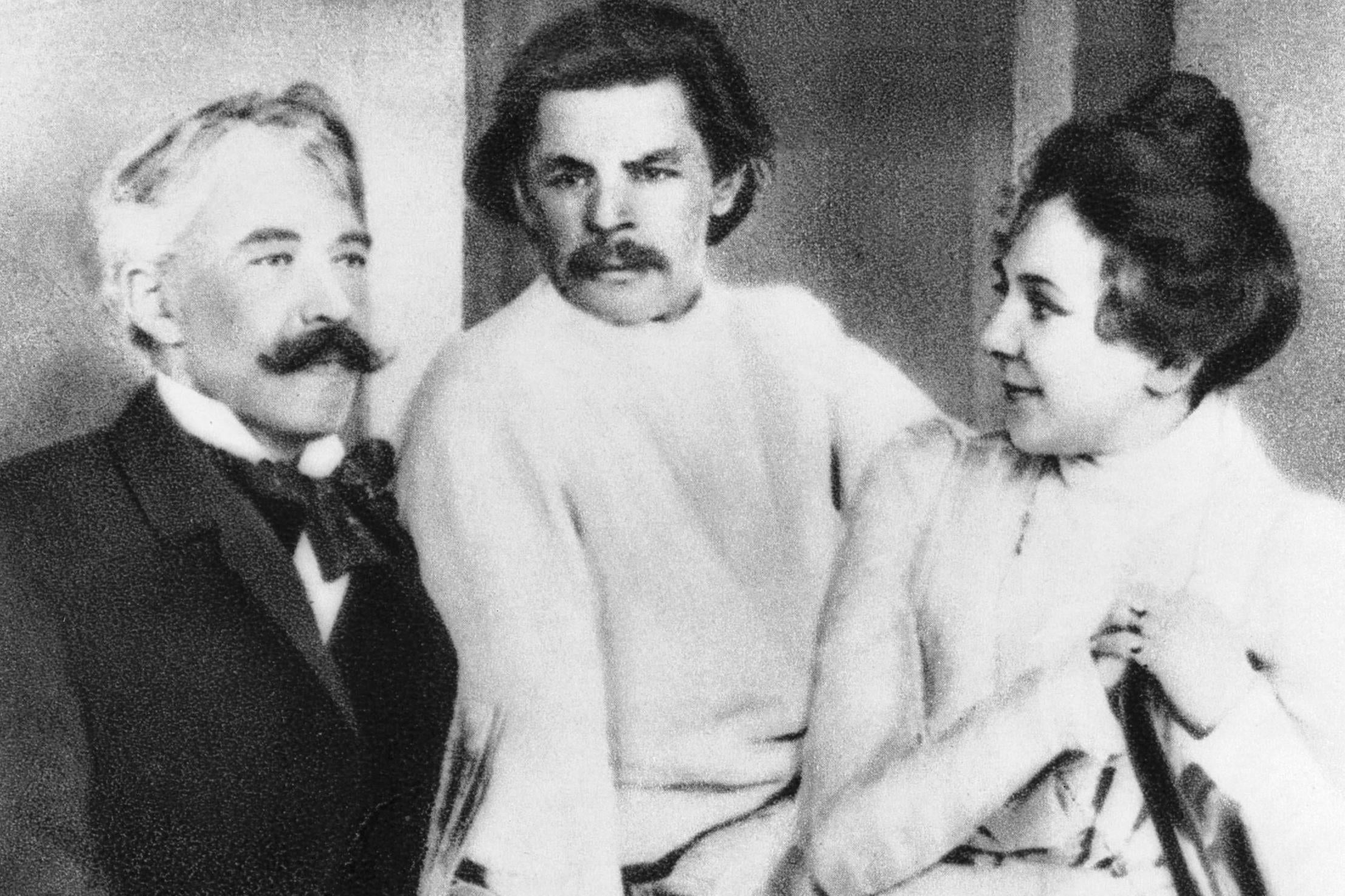Konstantin Stanislavski: Who was seminal theatre practitioner and why is his 'system' still used today?
'Remember there are no small parts, only small actors,' the influential actor and director once said
Your support helps us to tell the story
From reproductive rights to climate change to Big Tech, The Independent is on the ground when the story is developing. Whether it's investigating the financials of Elon Musk's pro-Trump PAC or producing our latest documentary, 'The A Word', which shines a light on the American women fighting for reproductive rights, we know how important it is to parse out the facts from the messaging.
At such a critical moment in US history, we need reporters on the ground. Your donation allows us to keep sending journalists to speak to both sides of the story.
The Independent is trusted by Americans across the entire political spectrum. And unlike many other quality news outlets, we choose not to lock Americans out of our reporting and analysis with paywalls. We believe quality journalism should be available to everyone, paid for by those who can afford it.
Your support makes all the difference.Konstantin Stanislavski is being remembered in Google's latest Doodle, on what would have been his 156th birthday.
The influential Russian actor, director and theatre practitioner left a durable mark on the world of performing arts, by co-founding the Moscow Art Theatre and creating his own method for dramatic training.
Konstantin Sergeievich Alekseiev - who later adopted the stage-name Stanislavski – was born on 17 January, 1863, to a wealthy family in Moscow. His father is said to have constructed a stage on their family estate, which a young Stanislavski would act on. He would put on plays with his siblings, and they would often go the theatre, opera and ballet.
Stanislavski became part of a dramatic group, the Alekseyev Circle, in 1877 and worked obsessively to perfect his craft.
It was not just his biological family that shared his love of theatre. Stanslavski married Maria Lilina in 1889 and they had three children, although their first died as an infant.
He directed The Fruits of Enlightenment by Leo Tolstoy in 1891, and is later said to have described this as his first independent production.
But it was an iconic meeting between Stanislavski and Vladimir Nemirovich-Danchenko that truly set him on the path to success.
Nemirovich-Danchenko, a writer and director originally from Georgia, met with Stanislavski in 1897. The meeting is said to have lasted 18 hours and ultimately let to the creation of the Moscow Art Theatre in 1898.

The theatre company staged a celebrated production of Anton Chekhov’s The Seagull in 1898, directed by Stanislavsky and Nemirovich-Danchenko. This new version of The Seagull, which followed an earlier, failed run in St Petersburg, established the Moscow Art Theatre as an influential institution.
As a theatrical practitioner Stanislavsky continued to keep careful notes of his work, and would later go on to write several major texts on the art of performance.
Stanislavski developed his own dramatic training method, called the Stanislavski system, which requires actors to rely on their emotional memory, conditioning themselves to fully grasp their character’s mindset. He encouraged actors to fully inhabit their characters, seeking motivation in their dialogue; a technique now common to much naturalistic theatre.
His system later became the base for the Method acting style still used to this day.

Join our commenting forum
Join thought-provoking conversations, follow other Independent readers and see their replies
Comments